|
These posts chronicle my work as an artist in residence at a local middle school. Each project involved 1-6 weeks of working with a class (or multiple classes) of students for an hour or more (per class) each day. Each project was integrated with a science or social studies unit the students were studying outside of the art time, and the art was used to enrich and expand on those themes. • 8 Years • 16 Projects • 24 Classes •
Each final photo was cropped square and professionally printed in preparation for the installation outside the classroom door. The results are pretty impressive considering we started with pre-teen amateur photographers, smart phones, and a cheap devices attached to a rubber bands. Some students continued working on eyes. After eyes, we progressed to finding objects around the classroom to photograph. We also took a brief trip out to the schoolyard to find some other objects, natural and otherwise, to practice macro photography. Finally, we set up a photography studio in the classroom, complete with various reposition-able lights and black backgrounds. Students could bring natural objects from home or the schoolyard into the classroom to photograph. The following are some of their best shots, but not yet their final shots.
We engaged in several practice sessions, one of which involved photographing a partner's eyeball. This required patience from both the photographer and the subject, as the camera had to get REALLY close to the subject's eye. It's very difficult to not blink or flinch in this situation. Overall, the results were good, but most students still had a ways to go in learning to hold the phone at the correct distance to get the focus right. We're block printing again. After leading classes through this process several times, both the instruction time and the art time has become more efficient. We no longer attempt to affix the scratch foam to something solid as it never stayed attached anyway. The students always ended up holding just the foam piece in their hands, so we just start there now. This makes finding a clean finger to hold down the paper a little trickier to find, but since the students now expect it, they are better at consciously keeping a finger (or knuckle, or elbow) clean. We've also become a little better at keeping the equipment and the room itself clean. Until next year... This is not every project, but a representative sample.
More close-ups of the projects will be included in the next post, but the collection as a whole has a certain charm to it. The varied heights of the frames suspended from the ceiling were achieved by not measuring the fishing line at all. Very precise. This is the most dangerous project I have ever done with a group of students. They didn't look like they believed me when I told them that, but there were three very dangerous steps. #1: Sharp Glass. The students removed glass with sharp edges from old wooden frames of questionable origin. The glass was then carried back and forth across the classroom over several days. After removing the glass from the frame, the glass was cleaned and then covered in clear contact paper. The students then put the glass on top of their reference image, and traced the image with permanent marker onto the contact paper. #2: X-acto Knives. The contact paper covering each part of the image to be etched had to be removed for the etching cream to work. Students carefully traced the marker lines with x-acto knives and peeled the sections of contact paper away from the glass. #3: Dangerous Chemicals. Once the design was fully carved out of the contact paper, it was time for the etching cream. We used Armour Etch, which is easy to use, but as their website states, "not intended for use by children." Only two students at a time used the chemical, under close supervision, and never touched it without immediately washing their hands (this was probably overkill; I have used this chemical for years, even touching it extensively, and experienced minimal consequences). The etching cream was left on the glass for at least half an hour, and then scrubbed off using an old toothbrush. During the rinsing process, the contact paper also got peeled away, and the freshly etched glass was left to dry in the dish rack in the classroom. |
Topics
All
Archives
May 2021
|
HOME |
PHOTOGRAPHY COLLECTIONS
|
© COPYRIGHT 2020. ALL RIGHTS RESERVED.
|




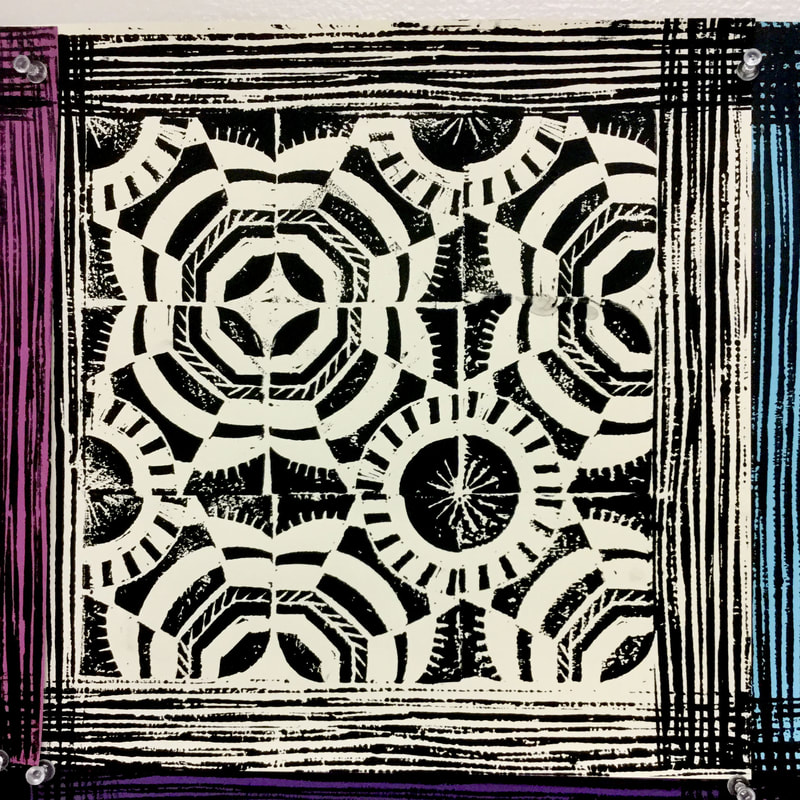







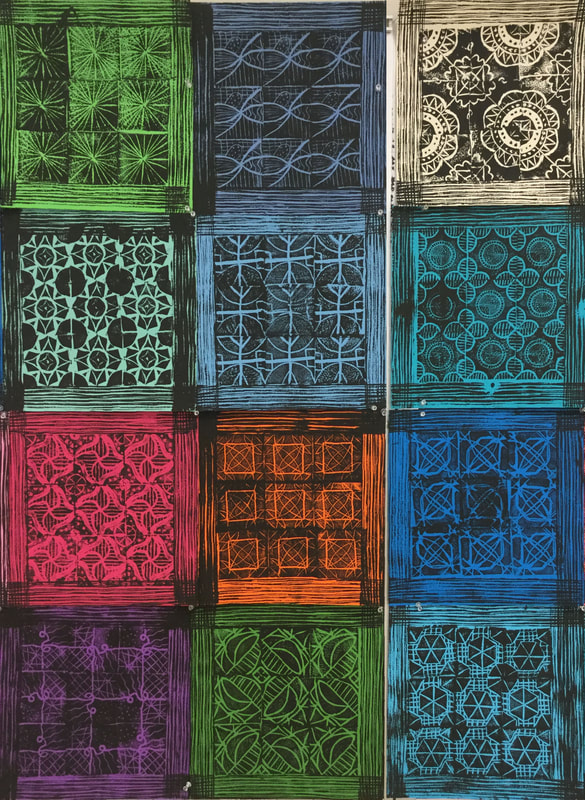









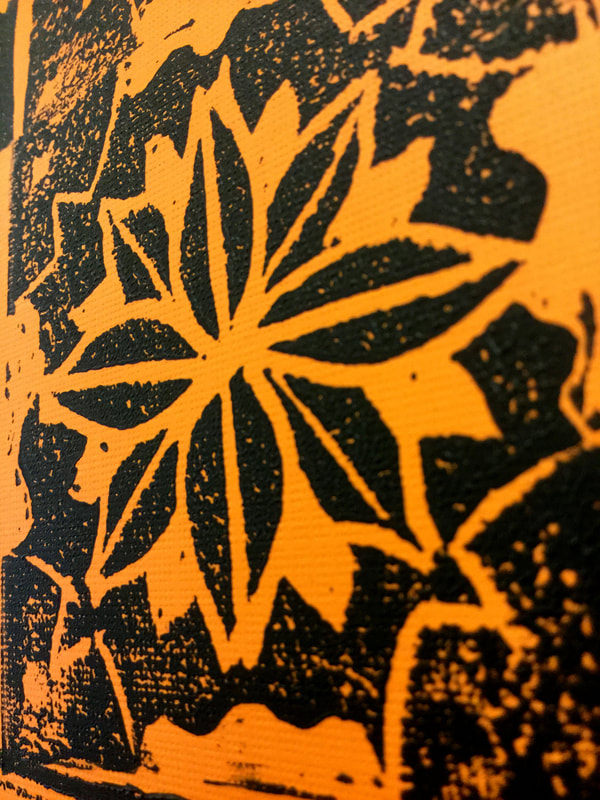

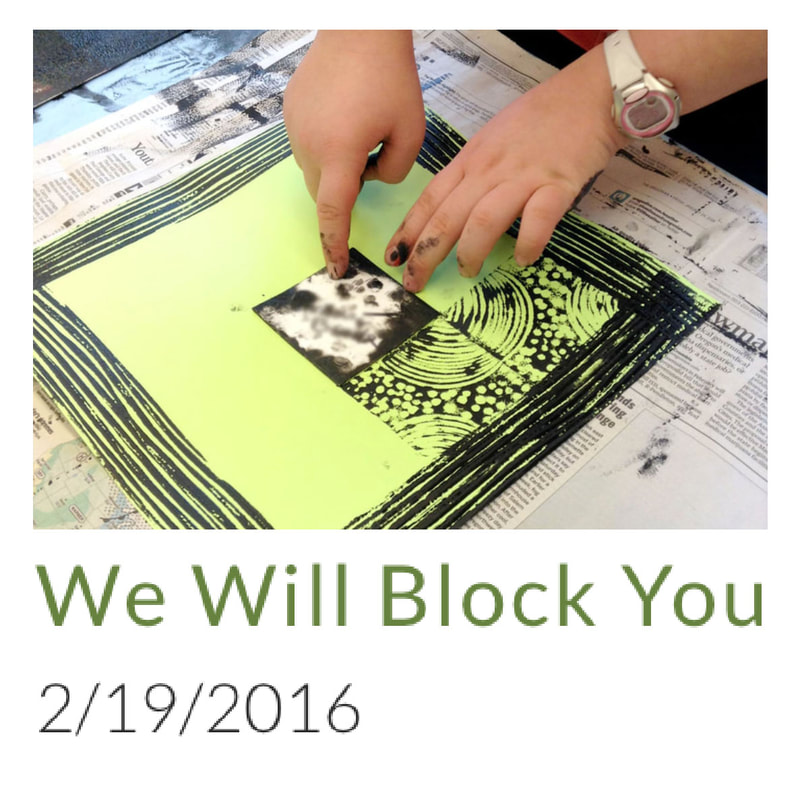












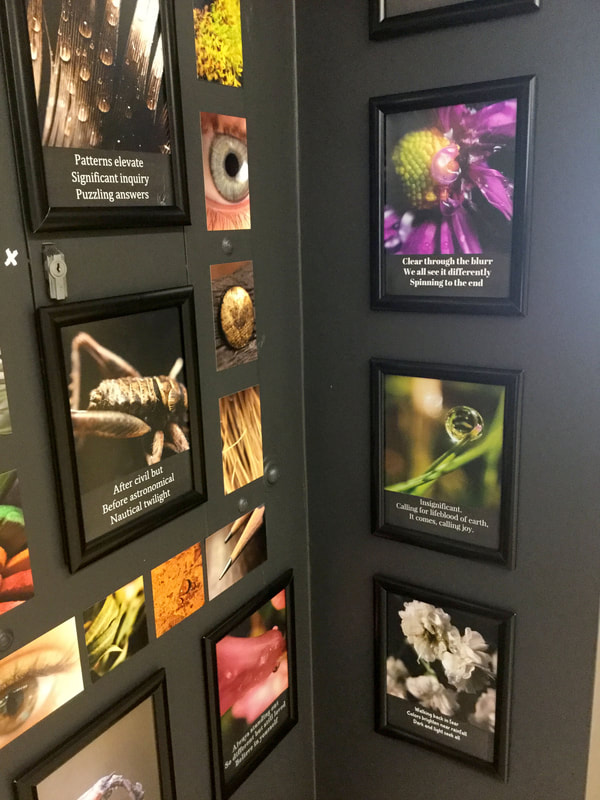













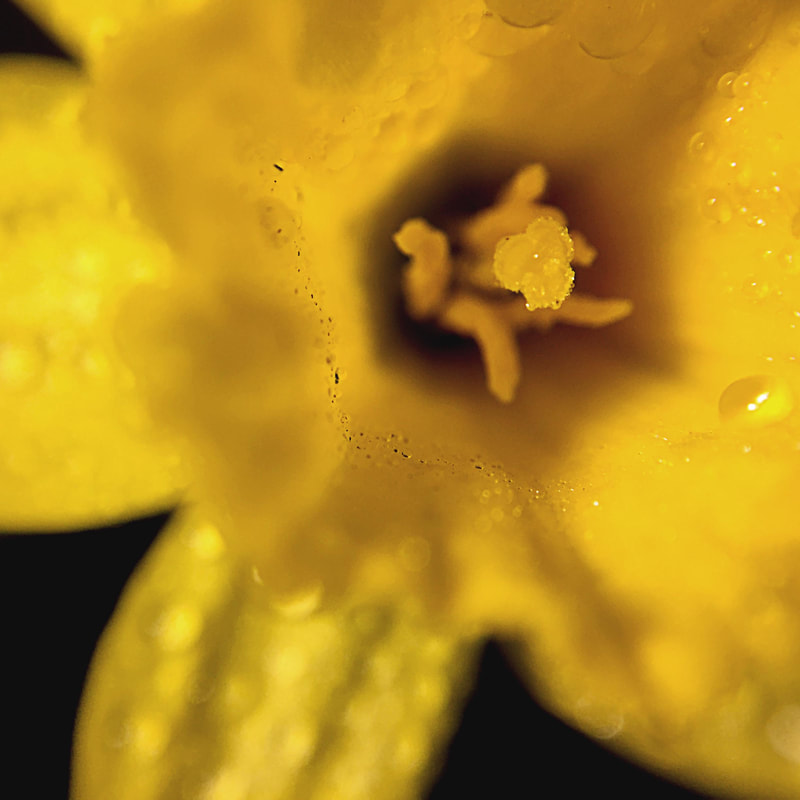

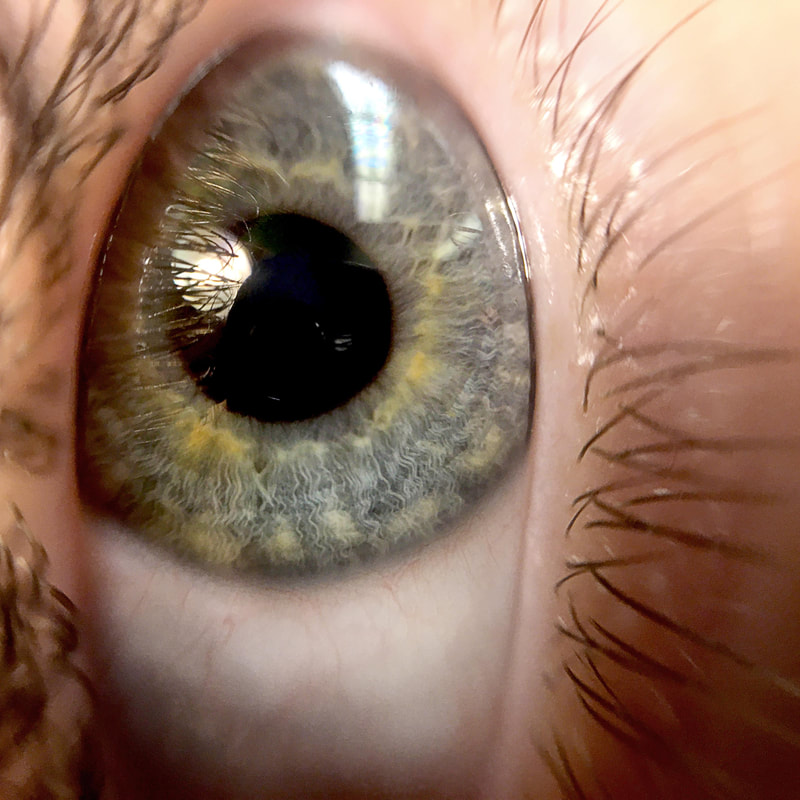
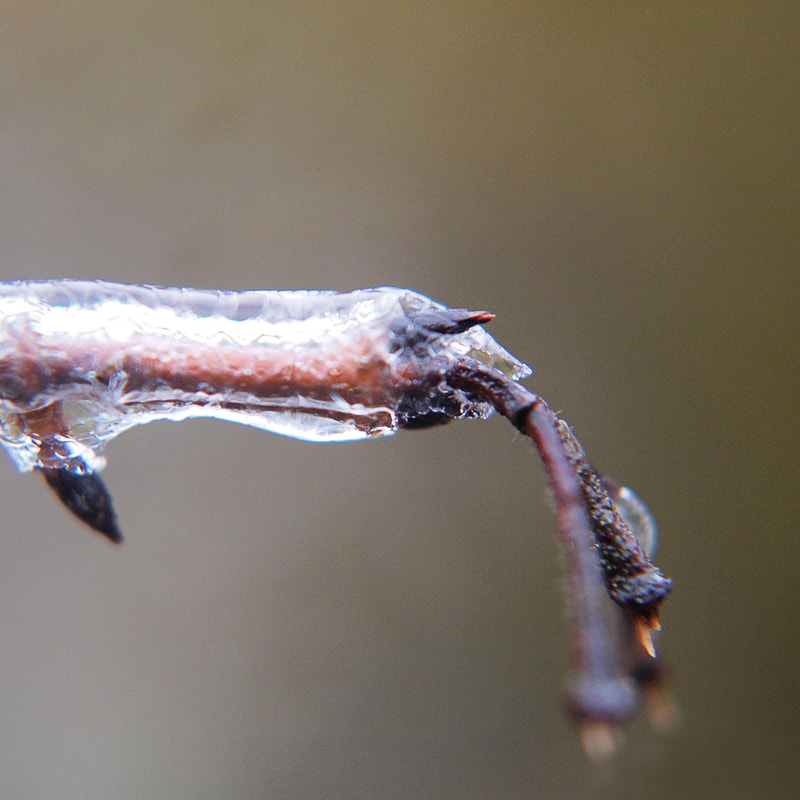



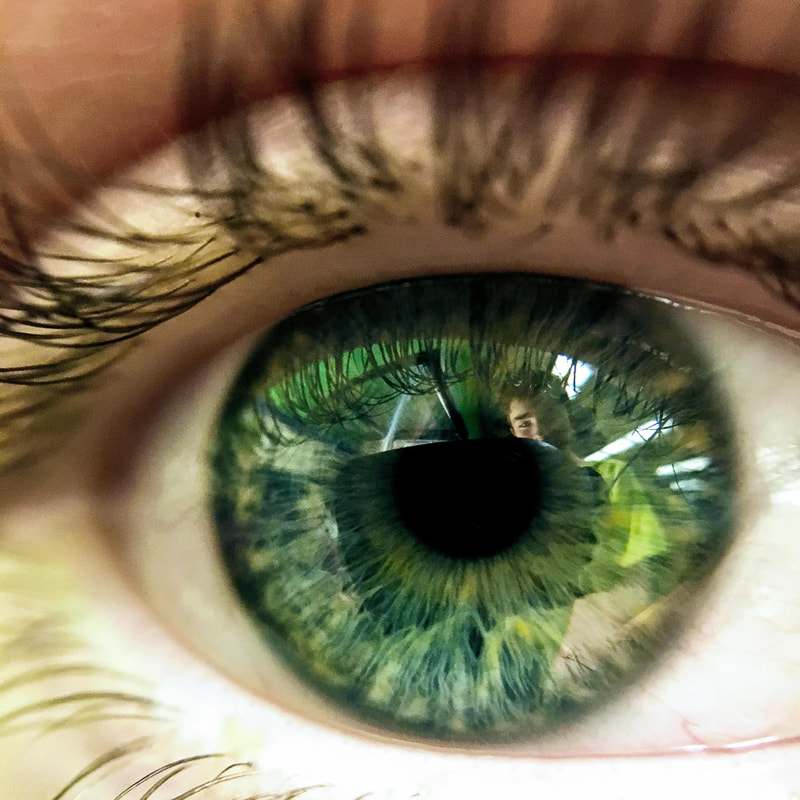









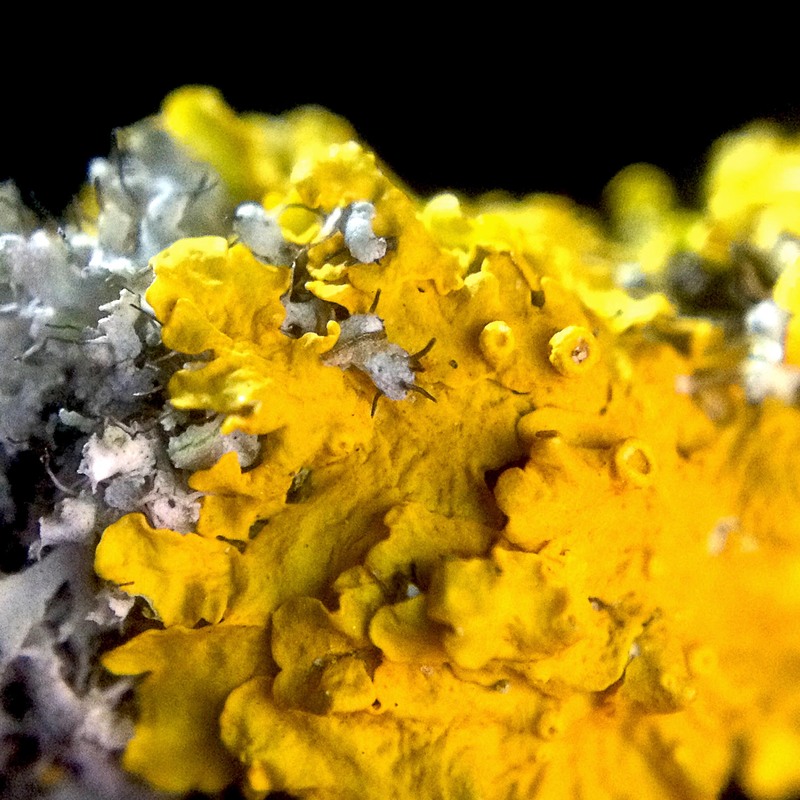


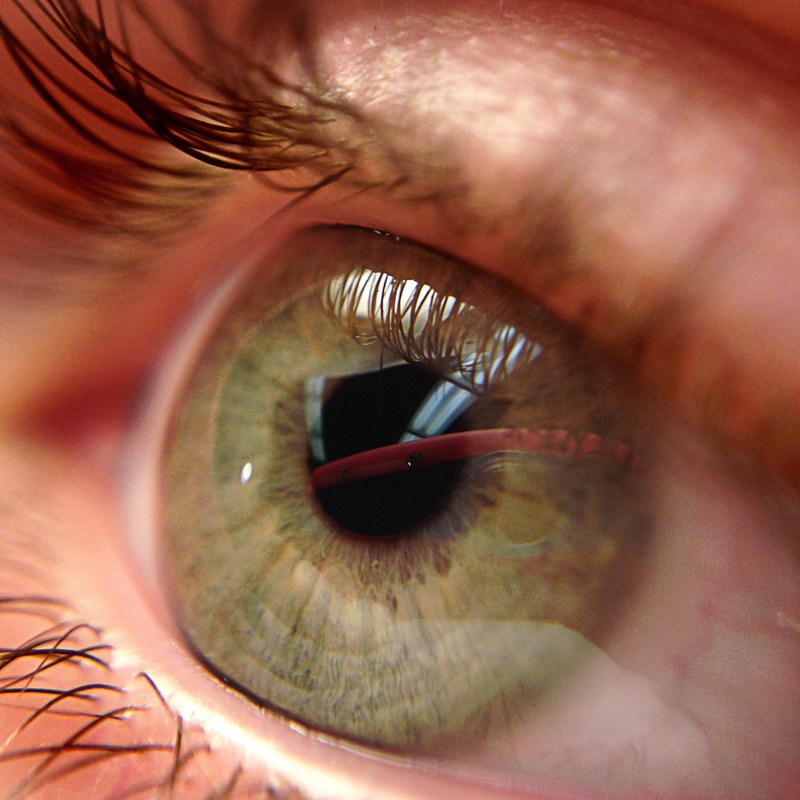




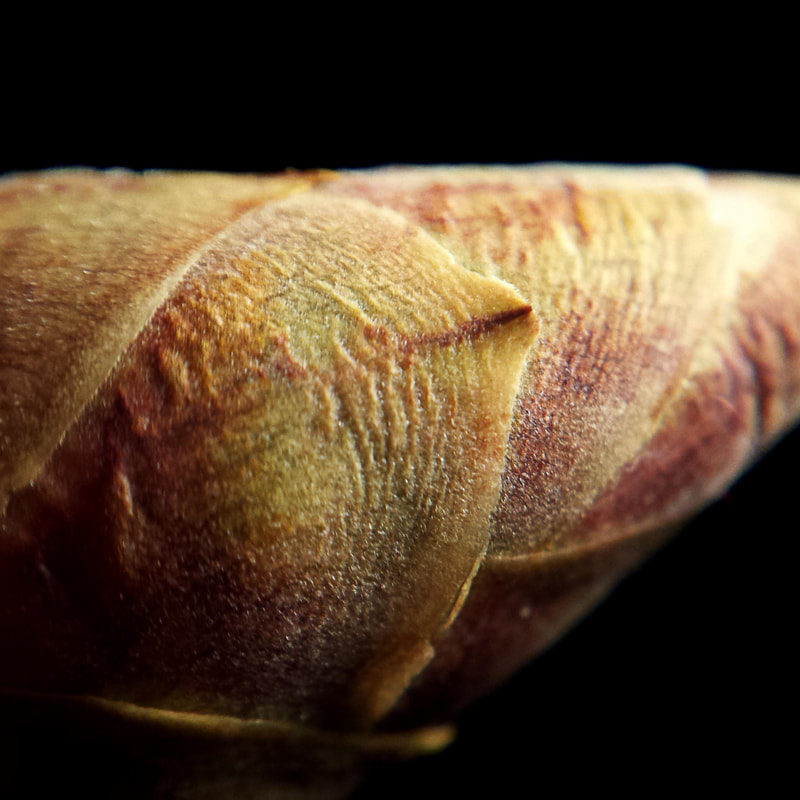
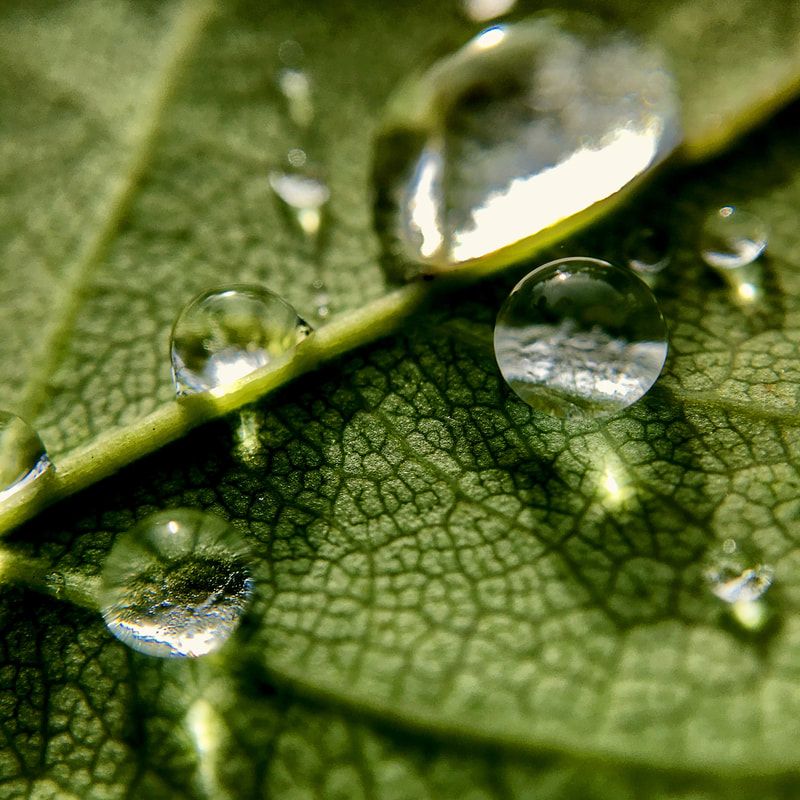





















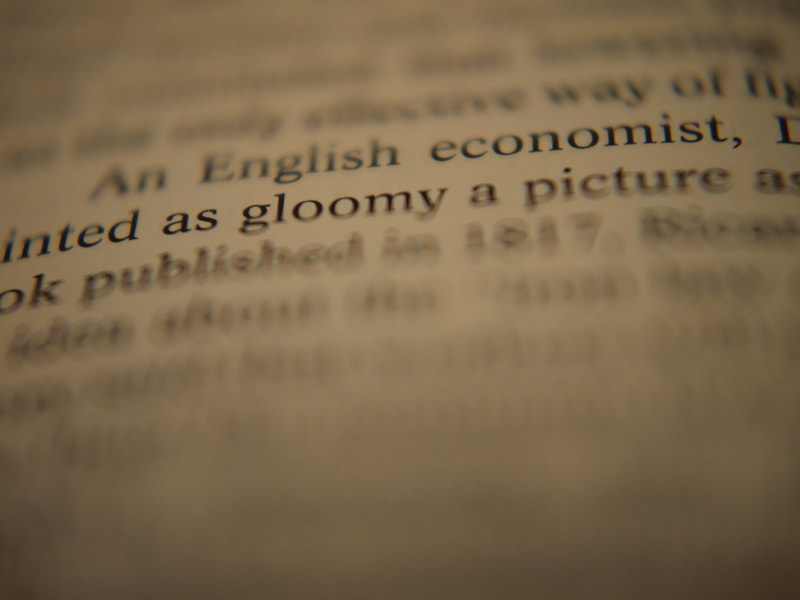














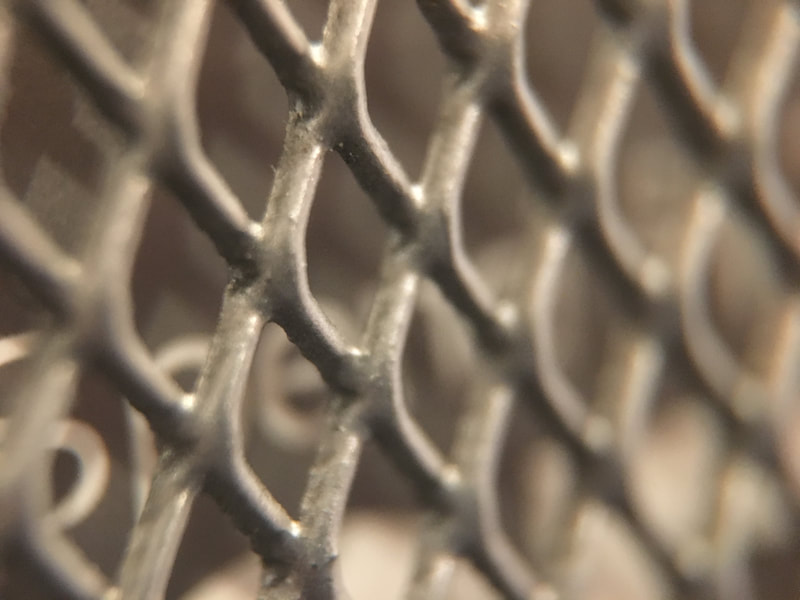

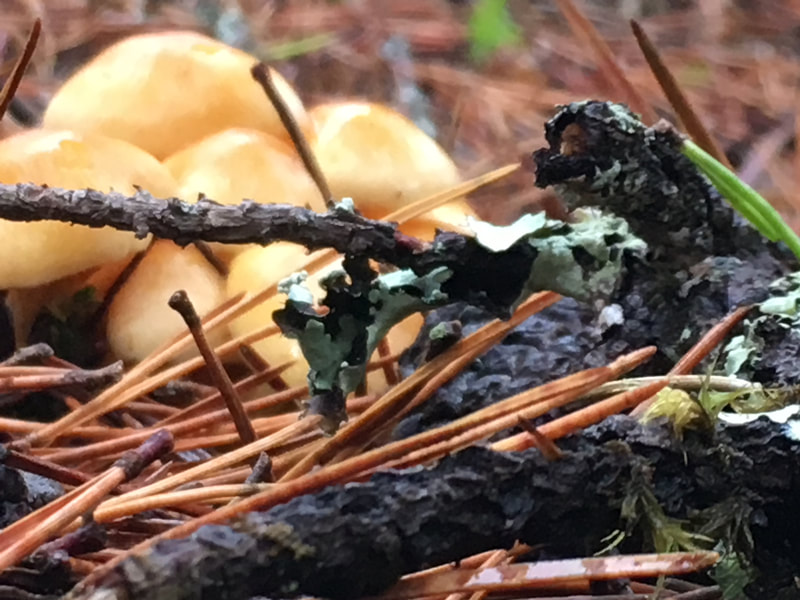












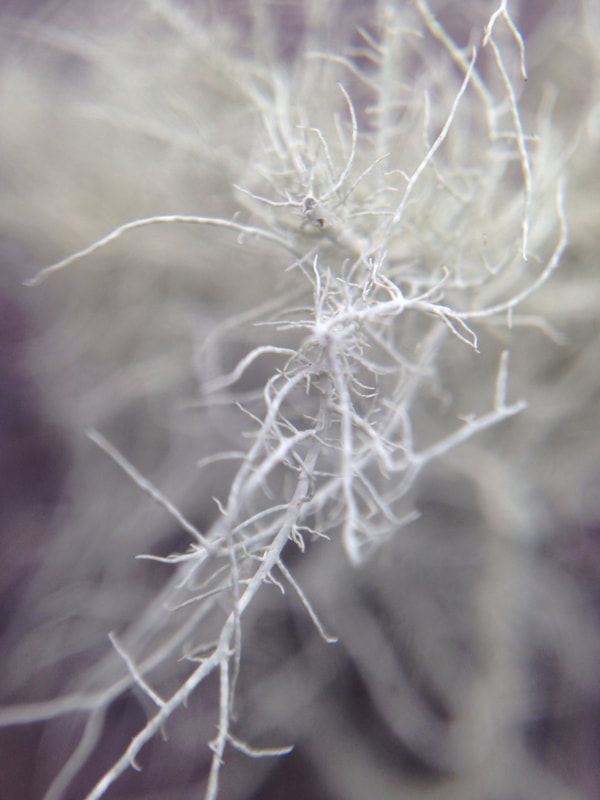



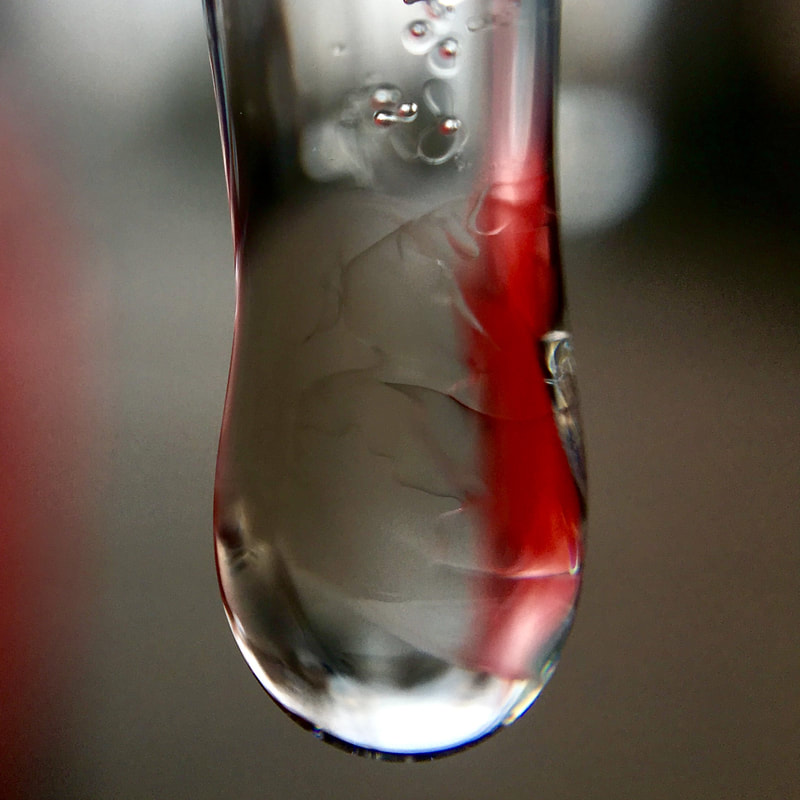










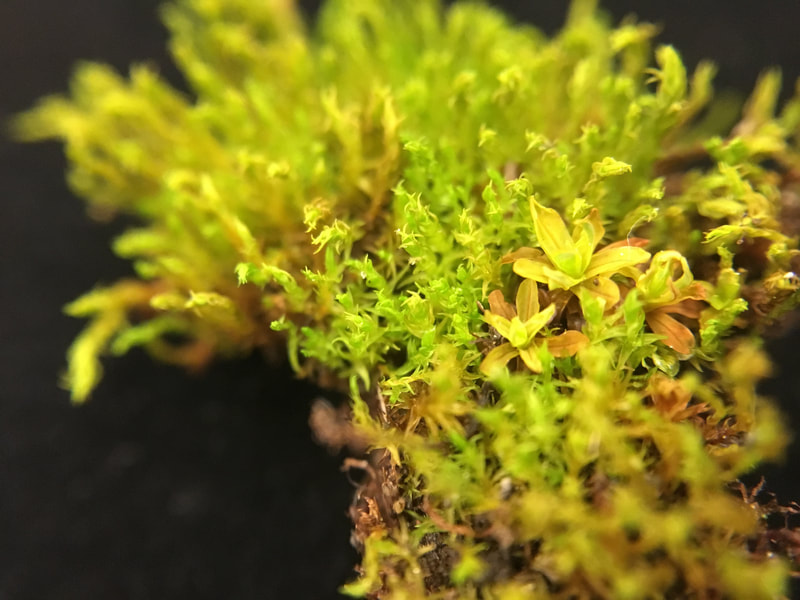











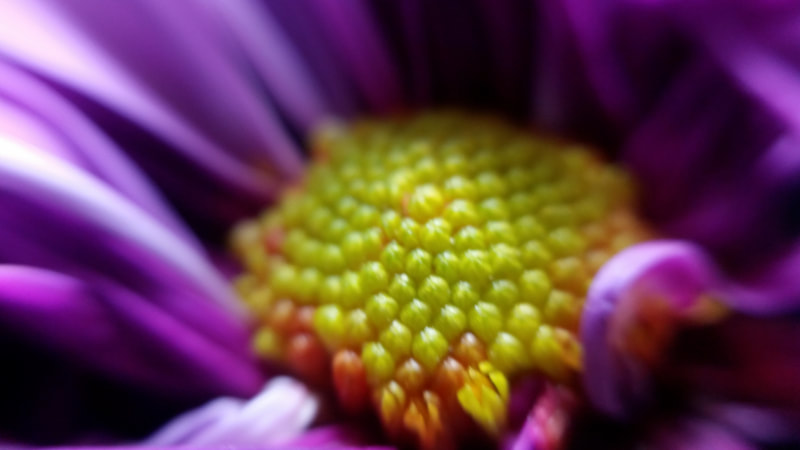
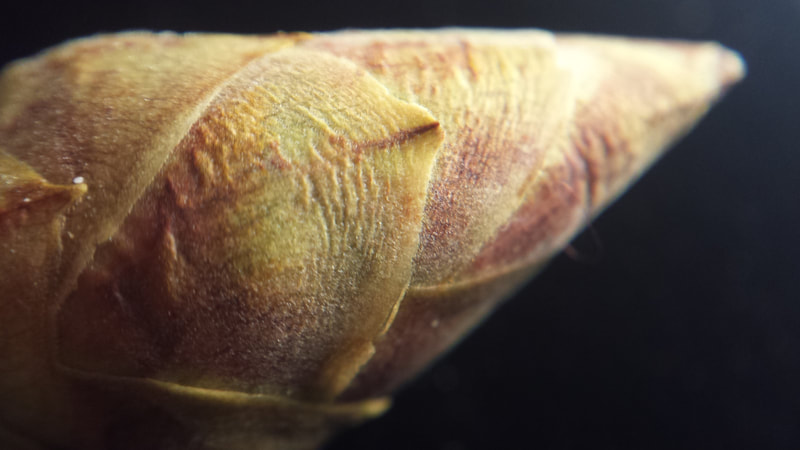



















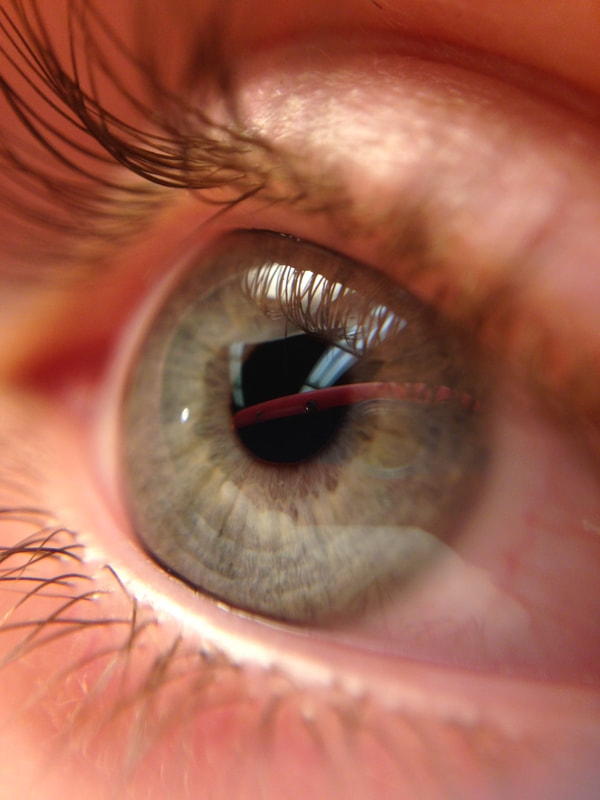


























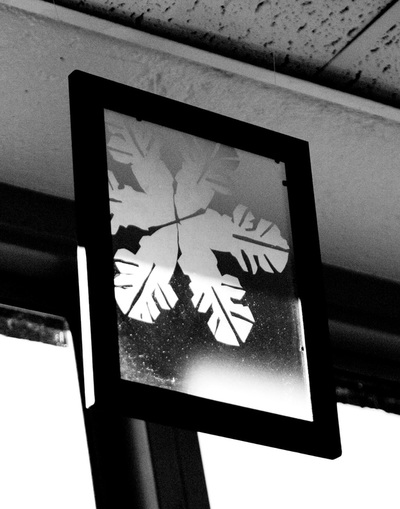


















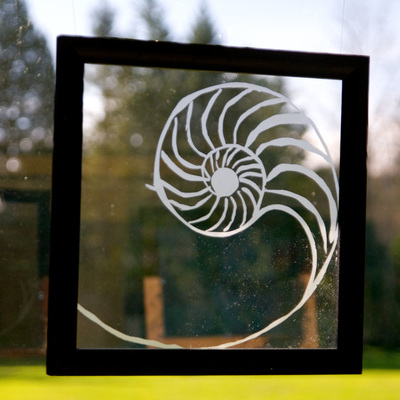


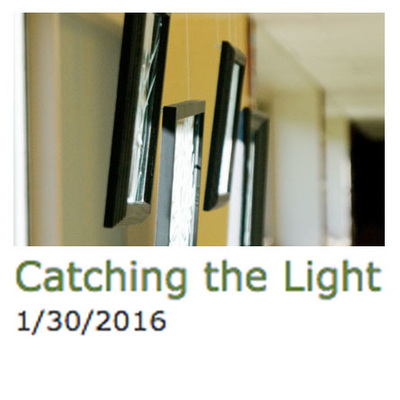





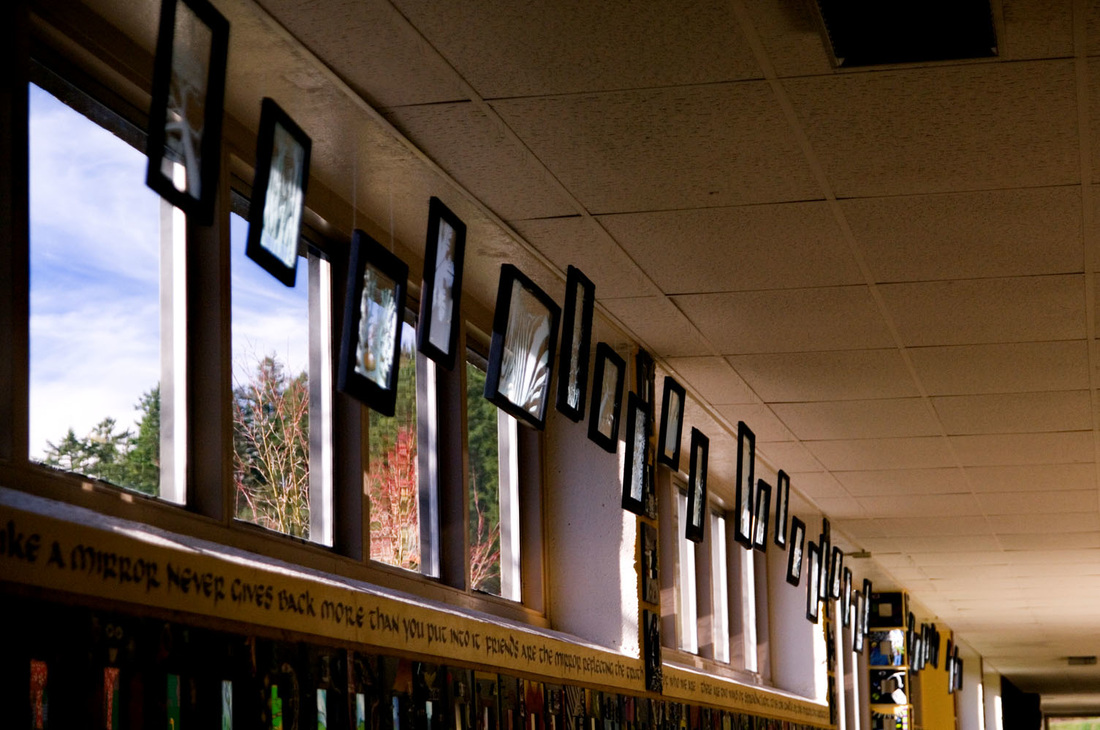











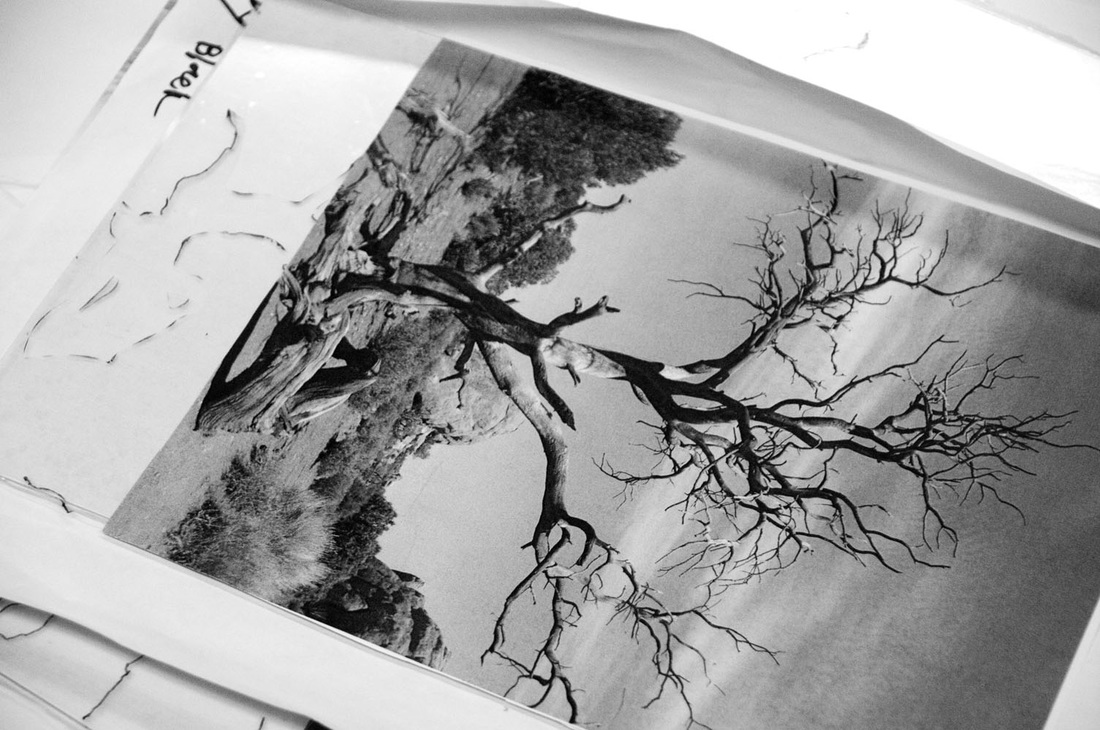












 RSS Feed
RSS Feed

